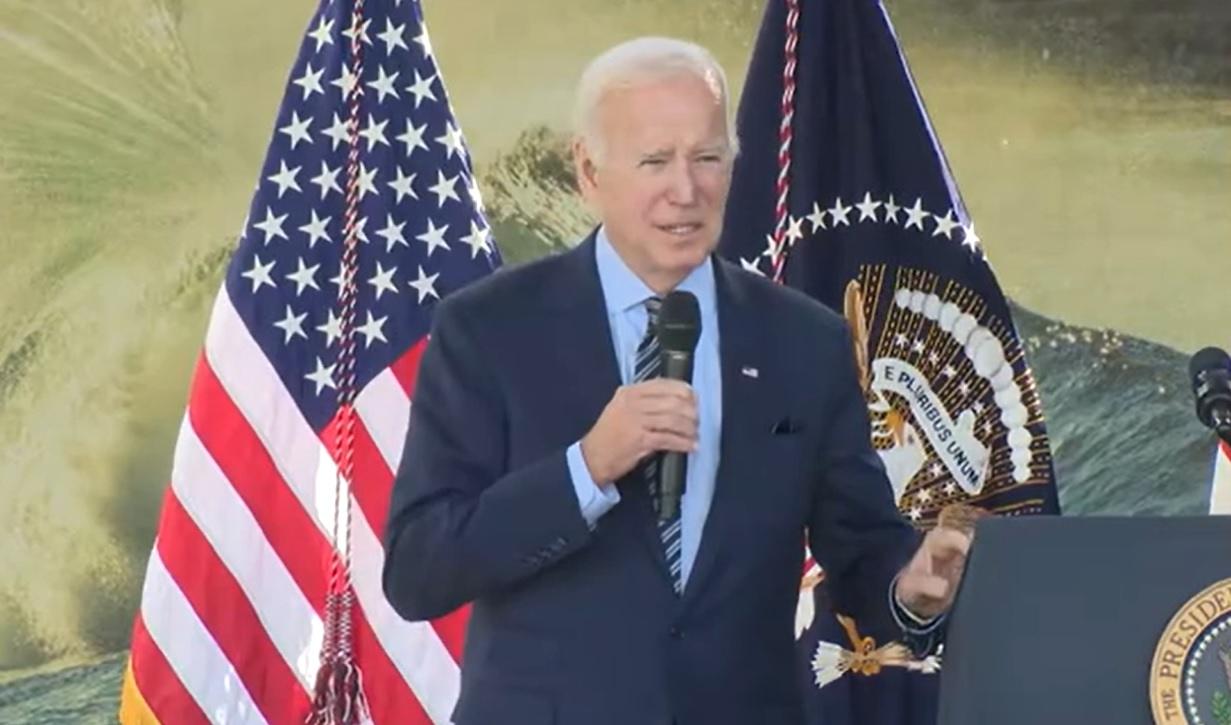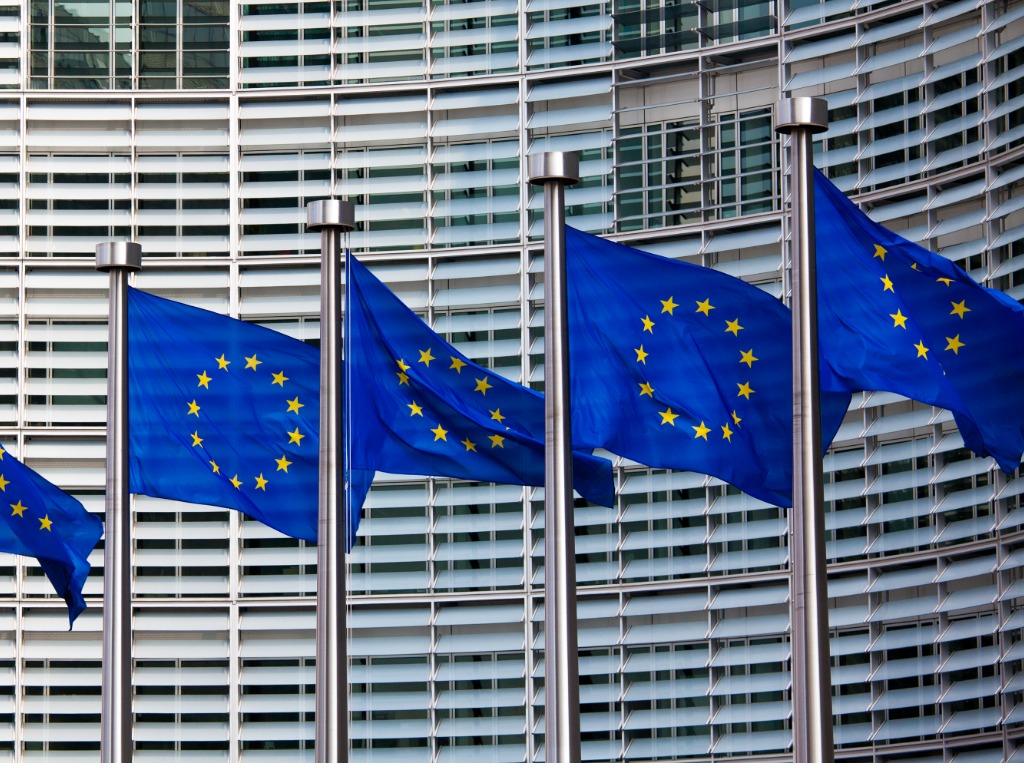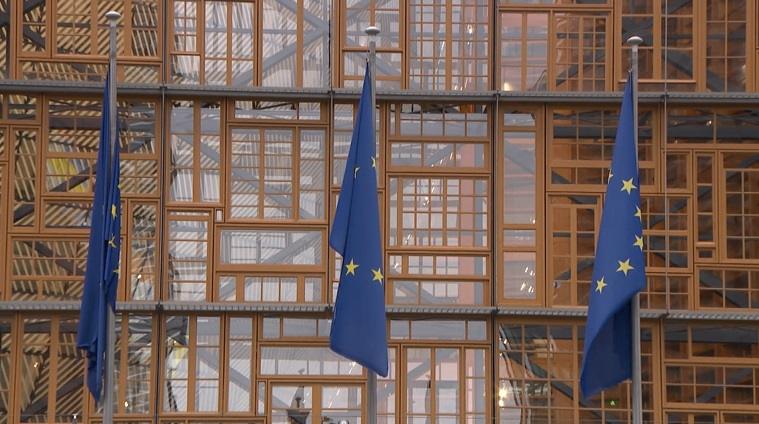Biden Administration Unveils Strategy to Decarbonize Transportation Sector
The Biden administration released the U.S. National Blueprint for Transportation Decarbonization on Tuesday, its multi-department set of strategies and actions aimed at eliminating nearly all emissions from the U.S. transportation sector by 2050.
Developed by the departments of Energy, Transportation, Housing and Urban Development, and the Environmental Protection Agency, the plan identifies the deployment of zero emission vehicles and fuels as the most meaningful drivers to decarbonize the sector, including all modes of transporting people and goods by land, air and sea.
The blueprint also includes strategies to improve transportation convenience and efficiency, which are also expected to contribute to emissions reductions, as well as addressing high transportation costs and to provide equitable, affordable, and accessible transport options.
The Biden administration has made climate action a key focus, beginning with the return of the U.S. to the Paris Agreement on the president’s first day in office, committing the country to achieve net zero by 2050, and following up with an interim target to reduce economy-wide greenhouse gas (GHG) emission by 50-52% in 2030. Biden has also introduced laws allocating billions in investment towards clean infrastructure and energy, including the Bipartisan Infrastructure Law (BIL) and Inflation Reduction Act (IRA).
Decarbonizing the transportation sector will play a central role in achieving these goals, with land, air and sea travel and transport responsible for around a third of the U.S.’ domestic GHG emissions.
U.S. Secretary of Transportation Pete Buttigieg, said:
“Transportation policy is inseparable from housing and energy policy, and transportation accounts for a major share of US greenhouse gas emissions, so we must work together in an integrated way to confront the climate crisis. Every decision about transportation is also an opportunity to build a cleaner, healthier, more prosperous future.”
The blueprint focuses on each major transportation mode, including light duty vehicles (LDVs) and medium- & heavy-duty trucks and buses (MHDVs), which account for 49% and 21% of transportation emissions, respectively, noting that achieving 2050 net zero emissions goals will require transitioning new LDV sales to zero emission vehicles (ZEVs) by the mid-2030s, and then rapidly replacing the existing stock of fossil-based vehicles with ZEVs, while MHDV solutions will need to be broader, given the variety of types and uses of the vehicles. Key actions for these areas under the blueprint include the implementation of policies and regulations to expand the market share and use of EVs, investments in EV charging infrastructure, funding research and innovation to improve vehicle, battery and charger performance, and for technologies to replace MHDV fossil fuel vehicles.
The blueprint also calls for the development of detailed action plans for transportation decarbonization across three broad timeframes, with near-term actions through 2030 focused on maximizing the impact of the BIL and IRA investments, setting targets across all travel modes, working with international partners on plans and standards for shipping and aviation, and investing in the development of clean technologies, mid-term (2030-2040) actions focused on scaling the deployment of clean solutions, and longer-term (2040-2050) plans, such as supporting the full replacement of legacy vehicles to ZEVs, and actions ensuring the an equitable and sustainable transition.
Click here to access the U.S. National Blueprint for Transportation Decarbonization.





